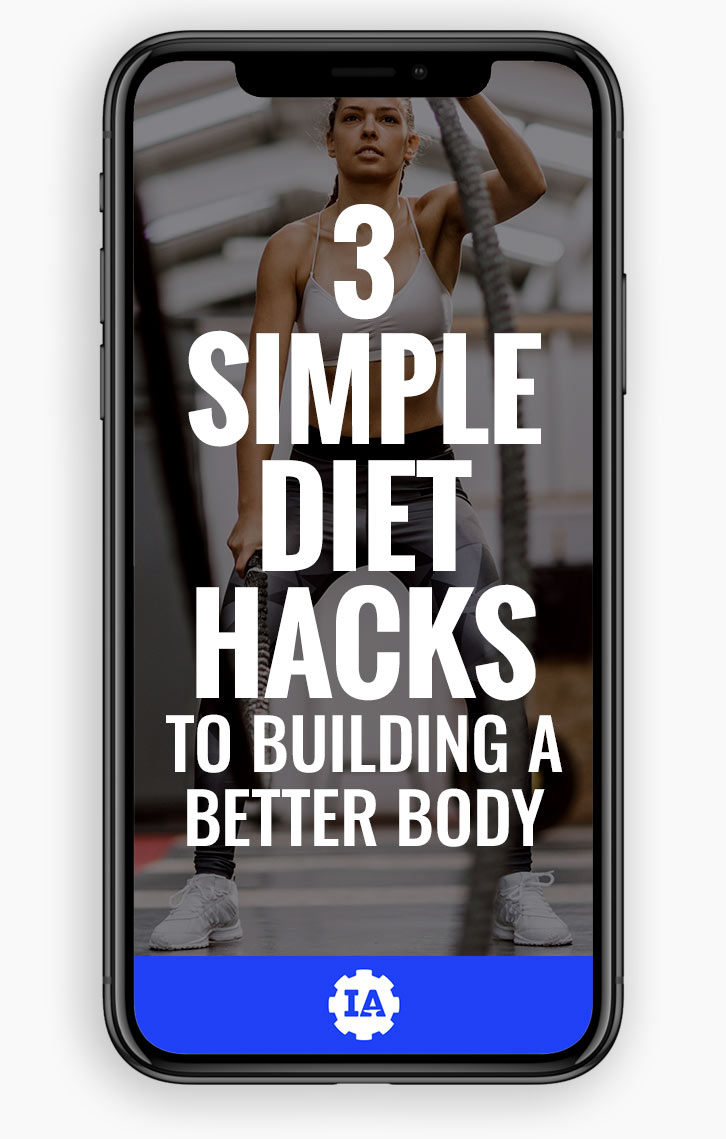Kelly Starrett, mobility expert and creator of MobilityWOD, has revolutionized how athletes think about human movement. He describes mobilization as “a movement-based integrated full-body approach that addresses all the elements that limit movement and performance including short and tight muscles, soft tissue restriction, joint capsule restriction, motor control problems, joint range of motion dysfunction, and neural dynamic issues. In short, mobilization is a tool to globally address movement and performance problems.” Combined with rest and sleep, mobility should be used as a proactive tool, not a reactive one and taken seriously.
There are 3 types of mobility we commonly use in CrossFit: foam rolling, joint mobilization, and stretching. While any and all types of mobility are useful it’s good to know when to use one over the other.
Foam Rolling
Foam Rollers and lacrosse balls are great for soft tissue manipulation and alleviating knots. Foam rolling works by restricting the blood flow to a specific area for a short period of time and then releasing that constriction. Using these tools helps speed up blood flow and can help prevent adhesions and soreness.
Joint Mobilization
Most commonly done with pull-up bands, this type of mobility provides distraction of the joint. Joints allow our body to move. Joint mobilization can help stretch the joint by breaking up adhesions that develop from use. Think of join adhesions as knots in the joint. Banded work also helps to stretch out the capsule itself.
Stretching
While not commonly used, static stretching does have its place. This mean holding a static position for about 30 seconds or more. Sometimes athletes are limited in range of motion by joint tightness, like having tight hips or tight shoulders. However, other times, limitations may come from short tight muscles. Stretching promotes increased flexibility, range of motion, body position, and alignment.
Proper mechanics reinforce proper movements that utilize proper range of motion and optimal position. Mobility helps keep us strong so that we can do more for longer and lift heavier. If done before working out, mobility gets us ready and perform at our best. By mobilizing after a workout, an athlete can prevent soreness from setting in and helps recovery for the next day.
Mobility can also help injuries heal quicker and pinpoint discrepancies to keep injuries from reoccurring. Sometimes soreness or an injury may come from other areas, a sore elbow could be from a tight shoulder, or a bad high rack could be a tight upper back. We commonly see low back soreness coming from tight hamstrings and glutes. As such, it is important to play around with mobility and see what helps erase the limiting factors.




